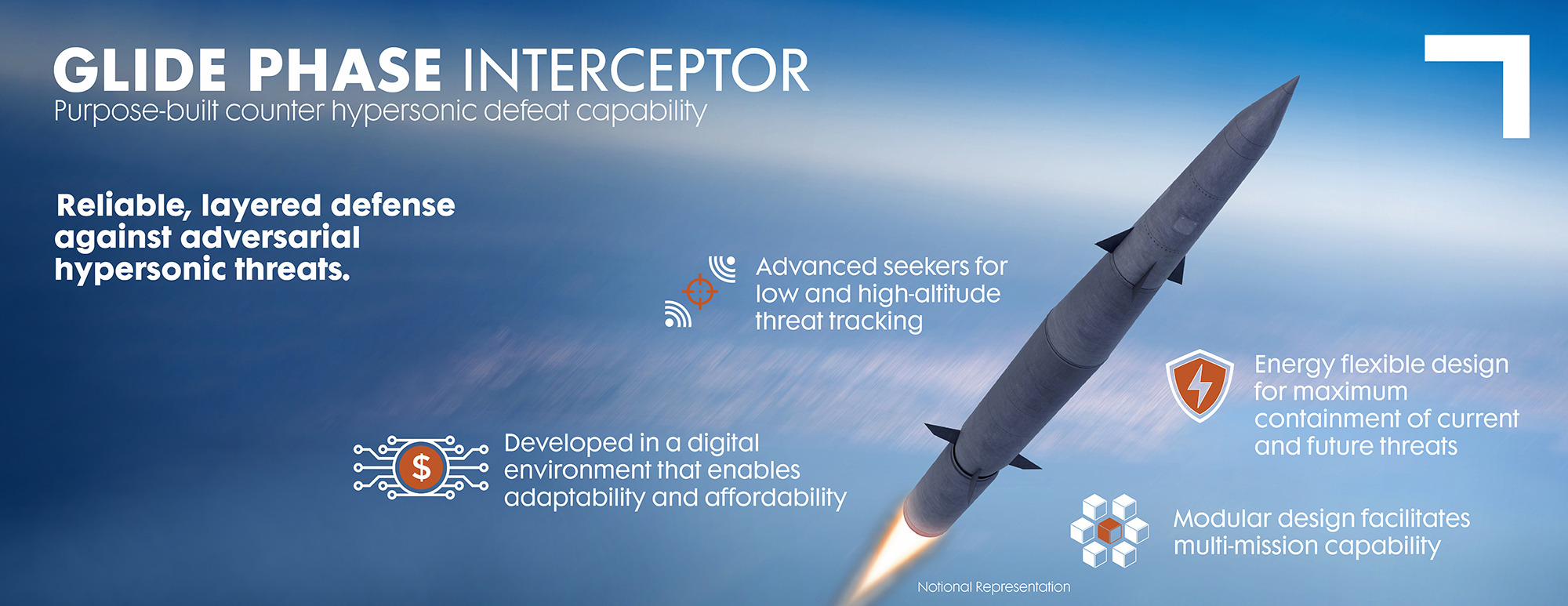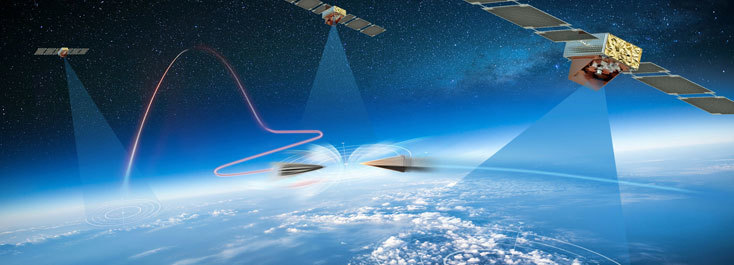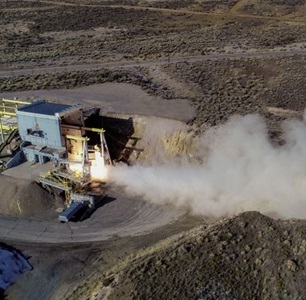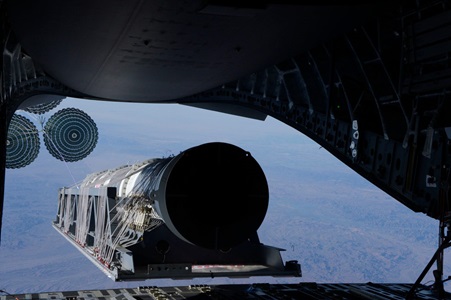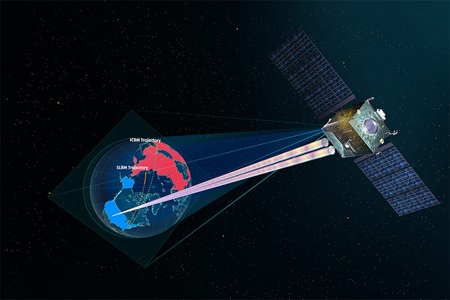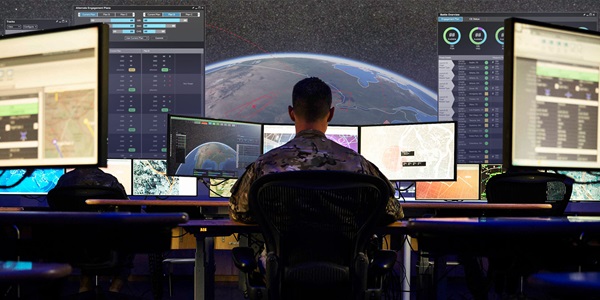NgVideoHero
JSS component is missing React implementation. See the developer console for more information.
Purpose-built counter hypersonic defeat capability
Glide Phase Interceptor (GPI) is designed to detect, track, control, and engage hypersonic threats in the glide phase of the missile’s flight. GPI seamlessly integrates into the Missile Defense Agency’s missile defense ecosystem to provide reliable, layered defense against regional hypersonic missile threats. Northrop Grumman brings more than six decades of proven missile defense capability to the GPI mission. Our expertise in all-domain command and control coupled with our high-performance subsystems and world class ground-up vehicle design, integration and deployment provides our customers with a complete defensive system.
Northrop Grumman is designing for producibility, manufacturability, maintainability incorporating best practices from across the company’s vast portfolio of propulsions, missile, aircraft and space programs.
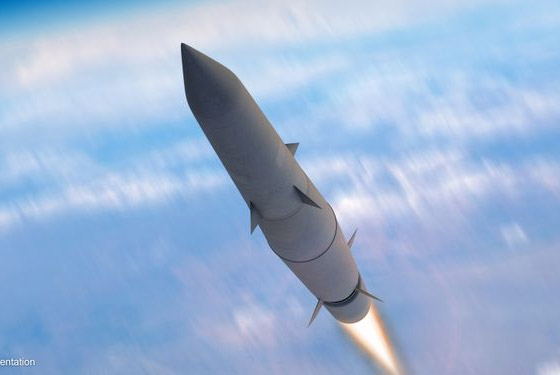
Northrop Grumman to Produce First Hypersonic Glide Phase Interceptor
Program is first-of-its-kind countermeasure against hypersonic threats
Digital from Day One
Northrop Grumman’s GPI leverages a completely digital environment to enable modularity, adaptability, and affordability to drive performance throughout the lifecycle of the system. The GPI design is derived from a systems engineering model set that allows us to assess both the interceptor and sensor data to assure threat engagement success.
This adaptable approach supports rapid trade studies to develop an interceptor that is 100 percent compatible with the Aegis Weapon System while implementing a Modular and Open Systems Architecture to support future needs.
GPI’s Open Architecture Offers:
- Breakthroughs in advanced seekers for threat tracking to support hit-to-kill accuracy
- Dual aero and rocket motor guided kill vehicle for low and high-altitude capability
- Rapid reloadable and modular software design
- Energy flexible propulsion for maximum threat containment of current and future threats
